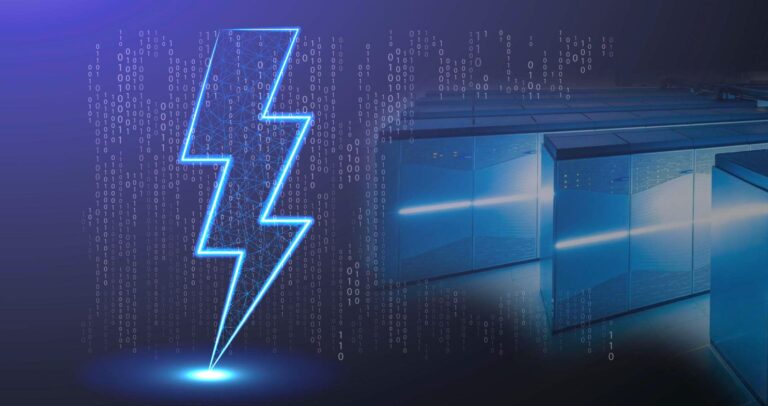Instead of involving guns and territory, a new form of battle between China and the West is already growing and it includes semiconductors. The government has stated that it will dramatically increase its computer capacity in the upcoming years, aiming to reach 300 exaflops by 2025. The US would undoubtedly like to prevent or at the very least slow down this aim, as it would require it to practically double its supercomputing power in the next two years.
China’s action aims to keep it on par with the US in terms of supercomputing capacity. The recent attempt to develop systems for training large language models (LLM) for AI applications has given fresh life to this age-old dispute. According to CNBC, six government ministries revealed China’s 300 exaflop objective, demonstrating the nation’s resolve to maintain its position as the world’s leading computer power despite extensive US sanctions designed to prevent it from acquiring cutting-edge computing equipment. According to the country’s ministries, obtaining this level of computer capacity is essential to achieving its objectives in finance and education. This claim wasn’t made in jest, it seems.
According to analysts, China’s plans for 2023 aim to strengthen its economy by integrating AI across its present businesses. This is similar to the rest of the modern world. According to one analyst who spoke with CNBC, the math also adds up because the nation has discovered that for every 1 yuan it invests in computing power, it gains 3–4 yuan in economic growth. As a result, developing its AI ambitions has become a crucial component of its goals for future economic growth and a new battleground in its conflict with China to become the largest economy in the world. Currently, it ranks behind the United States as the second-largest country.
Sanctions imposed on China by the West, which include a prohibition on potent AI accelerators from Nvidia and other US firms, are the biggest barrier standing in the way of its quest to become the world’s dominant computer power. Moreover, US partners are subject to the restriction, which in some cases includes TSMC. For instance, the Taiwanese foundry recently had to stop producing a GPU that was built in China in order to abide by the restriction. The most cutting-edge chip manufacturing equipment in the world is produced by the Netherlands company ASML, but it just lost its ability to export those same devices to China.
The most cutting-edge semiconductors are produced by TSMC, which is located immediately next door and is still a part of China. Nevertheless, according to analysts, unless China can persuade the business to make chips under duress, the foundry would be useless to it in the case of an invasion. That also assumes that the company’s facilities aren’t demolished in the event that mainland forces invade the island.
Any hostility toward TSMC, particularly from American businesses like Apple and Nvidia that depend on it for cutting-edge designs, would irreparably harm the world economy. In preparation of this move by China, TSMC has started relocating some of its advanced nodes to the US, although it will take years for those fabs to become fully operational.

